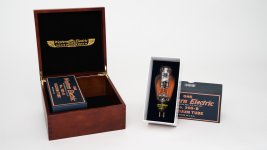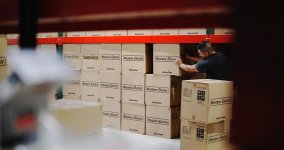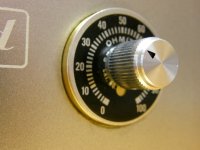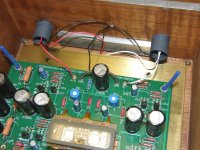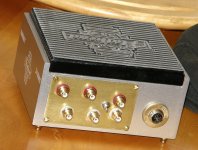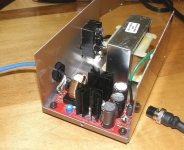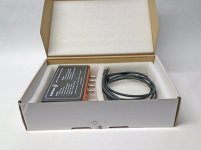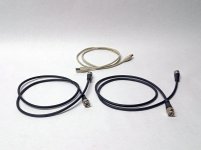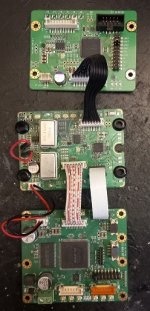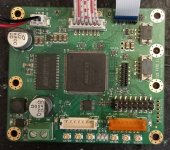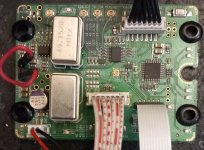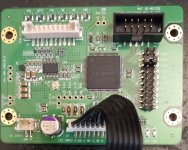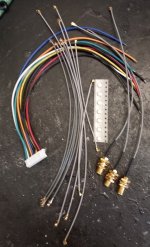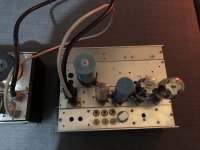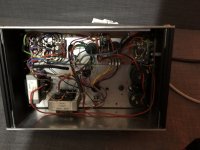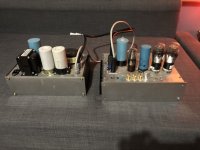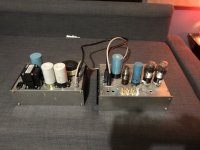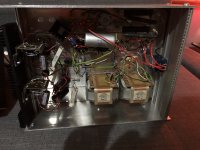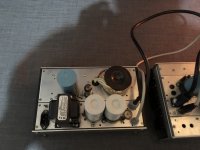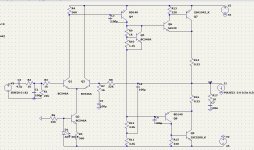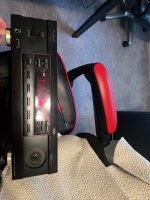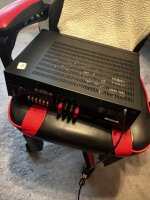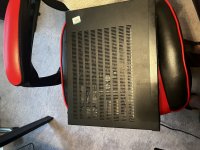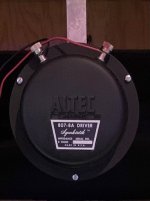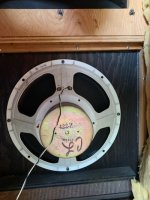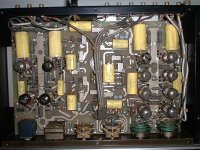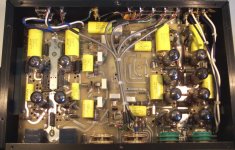Help with fusion amps
Hi all,
I just bought 2 Fusion FA123 amps but I'm having trouble with a couple of things.
1. When I attach each unit to my laptop via USB, one of the units is correctly recognised as productcode: FA123, firmware is 1.51 and DSP filename is New Project. But the other unit reads, productcode "unknown", firmware is 5.4 and DSP filename contains no data (i.e. field is blank).
Any idea what could be going on here?
Judging by the firmware versions, I'm guessing I have one older model with IIR filters only and one newer model with both IIR and FIR filter capability.
But why the 5.4 unit won't be correctly recognised FA123 is a mystery. I've power cycled the units etc with no luck.
2. My next problem is trying to configure the two amps for my 3-way active setup. I'm pretty tech-savvy but the manual and software sure lives up to reputation...a bit tricky to use.
If anyone out there could give me a quick how-to that would be really appreciated.
I have all the correct cables. I have one coax connected to the s/pdif out of my USB sound device ---> s/pdif in on the first unit. Then I have a second coax connected to the s/pdif out of the first unit --> s/pdif in on the second unit. I also have the correct USB 2.0 cable for filter configuration.
Many thanks in advance.
I just bought 2 Fusion FA123 amps but I'm having trouble with a couple of things.
1. When I attach each unit to my laptop via USB, one of the units is correctly recognised as productcode: FA123, firmware is 1.51 and DSP filename is New Project. But the other unit reads, productcode "unknown", firmware is 5.4 and DSP filename contains no data (i.e. field is blank).
Any idea what could be going on here?
Judging by the firmware versions, I'm guessing I have one older model with IIR filters only and one newer model with both IIR and FIR filter capability.
But why the 5.4 unit won't be correctly recognised FA123 is a mystery. I've power cycled the units etc with no luck.
2. My next problem is trying to configure the two amps for my 3-way active setup. I'm pretty tech-savvy but the manual and software sure lives up to reputation...a bit tricky to use.
If anyone out there could give me a quick how-to that would be really appreciated.
I have all the correct cables. I have one coax connected to the s/pdif out of my USB sound device ---> s/pdif in on the first unit. Then I have a second coax connected to the s/pdif out of the first unit --> s/pdif in on the second unit. I also have the correct USB 2.0 cable for filter configuration.
Many thanks in advance.

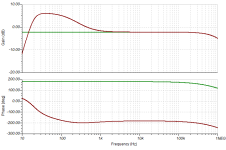
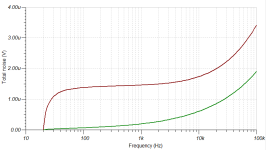
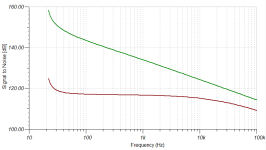
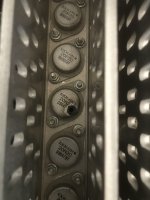
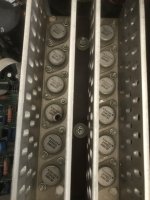
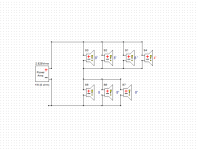
 in time for its 80th Anniversary.
in time for its 80th Anniversary.


